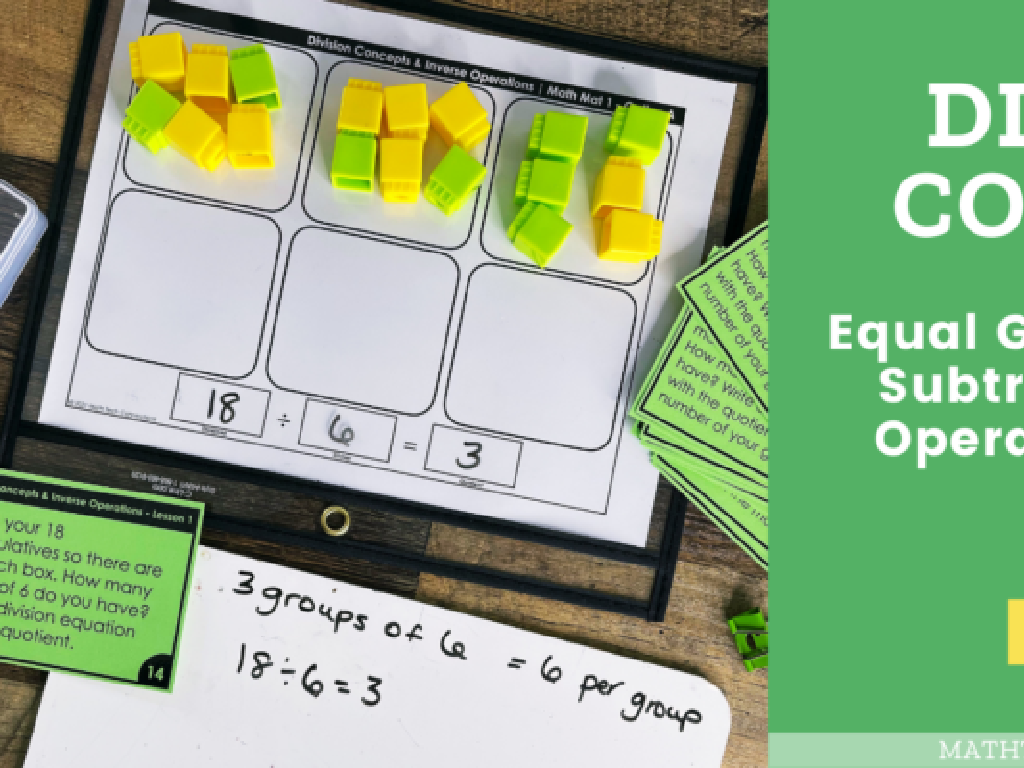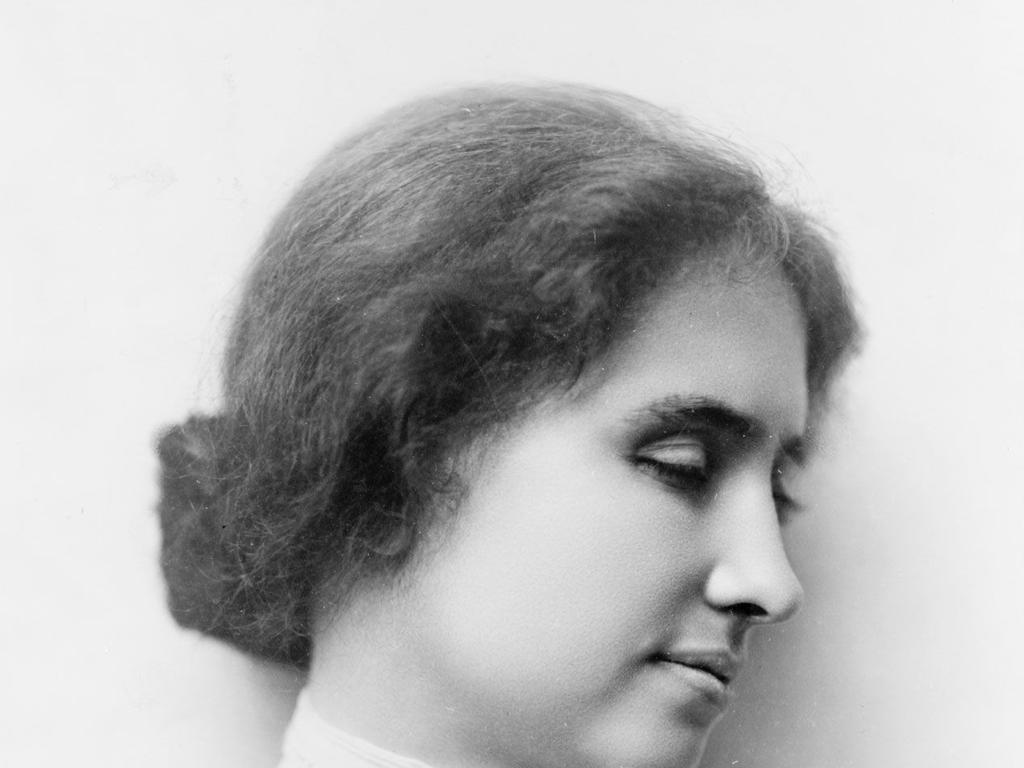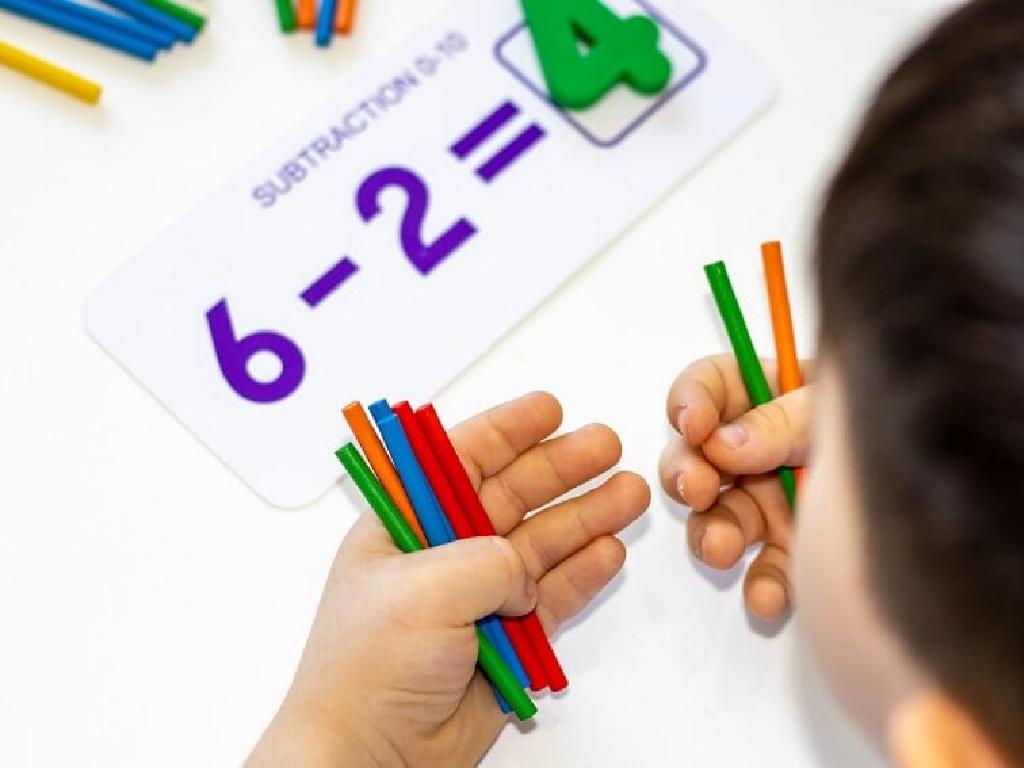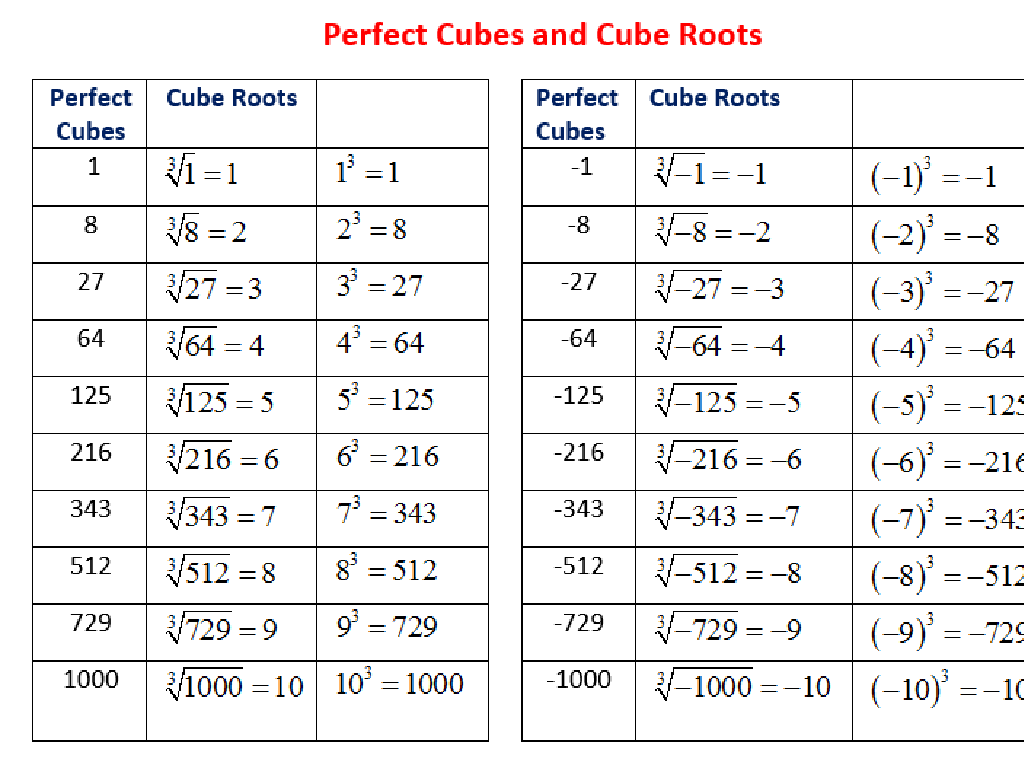Identify Nouns
Subject: Language arts
Grade: Second grade
Topic: Nouns
Please LOG IN to download the presentation. Access is available to registered users only.
View More Content
Welcome to Nouns!
– What is a noun?
– A noun is the name of a person, place, thing, or idea
– Nouns are all around us
– Look around, every object you see is a noun!
– Learning to spot nouns
– We’ll discover how to find nouns in sentences
– Practice identifying nouns
|
This slide introduces the concept of nouns to second-grade students. Begin by explaining that a noun is a word that names a person, place, thing, or idea. Use classroom objects and familiar items to show that nouns are everywhere in our environment. Engage the students by asking them to name nouns they see around them. Then, explain how to identify nouns within the context of a sentence. For practice, provide sentences and have students highlight or write down the nouns they find. Encourage participation and make the learning process interactive by using visual aids and tangible objects.
Exploring Nouns
– What is a noun?
– A noun names a person, place, thing, or idea.
– Nouns are everywhere
– Examples: ‘teacher’, ‘school’
– ‘pencil’, ‘happiness’ are also nouns.
– Let’s find nouns around us!
– Look around and list nouns you see.
|
This slide introduces the concept of nouns to second-grade students. Begin by explaining that a noun is a word that names a person, place, thing, or idea. Use relatable examples like ‘teacher’ for a person, ‘school’ for a place, ‘pencil’ for a thing, and ‘happiness’ for an idea to illustrate the concept. Encourage the students to look around their classroom or home and identify nouns in their environment. This activity will help them understand that nouns are all around us and are fundamental to forming sentences. The goal is to make them comfortable with identifying nouns in various contexts.
Exploring Types of Nouns
– Common nouns: general names
– Like ‘city’, ‘dog’, or ‘car’
– Proper nouns: specific names
– Such as ‘Paris’, ‘Lassie’, or ‘Toyota’
– Recognize common vs. proper nouns
– Think of your own examples
– Try to find one common and one proper noun
|
This slide introduces the concept of common and proper nouns to second-grade students. Common nouns are general names for things, while proper nouns are specific names that always start with a capital letter. Use everyday examples that are relatable to the students, such as items in the classroom or their favorite cartoon characters. Encourage the students to think of their own examples of common and proper nouns to enhance their understanding. This will help them differentiate between the two types of nouns and understand the importance of capitalization in proper nouns.
Singular and Plural Nouns
– Singular nouns mean just one
– For example, one ‘dog’
– Plural nouns mean more than one
– For example, many ‘dogs’
– How to make plurals from singulars
– Add ‘s’ to most nouns to make them plural
– Practice changing singular to plural
|
This slide introduces the concept of singular and plural nouns to second-grade students. Begin by explaining that singular nouns refer to one single item, while plural nouns refer to more than one. Use common examples like ‘cat’ for singular and ‘cats’ for plural to illustrate the point. Teach the students the basic rule of adding an ‘s’ to a singular noun to make it plural. During the class, engage the students in an activity where they convert singular nouns to plural forms. This can include a mix of regular nouns that just need an ‘s’ and some irregular nouns that change form completely. The activity will help reinforce the concept and ensure students understand how to identify and use singular and plural nouns in sentences.
Let’s Practice Identifying Nouns!
– Observe the picture carefully
– Point out all the nouns you see
– Nouns can be a person, animal, place, or thing
– Determine the type of each noun
– Is it a person, place, thing, or idea?
– List nouns with a partner
|
This slide is designed for a class activity to help second-grade students practice identifying nouns. Display a picture with various nouns and ask the students to look at it. They should point out all the nouns they can find, categorizing them as a person, place, thing, or idea. Encourage them to work with a partner to create a list of the nouns they have identified. This collaborative effort will help reinforce their understanding of nouns and how they are used in sentences. As a teacher, walk around the classroom to assist and guide the students as needed. Possible activities could include finding nouns in a classroom scene, identifying nouns in a storybook illustration, or using pictures from a magazine.
Noun Hunt Activity
– Let’s go on a noun hunt!
– Find classroom items as nouns
– Look for objects, people, and parts of the classroom
– Is it a person, place, thing, or idea?
– Use your noun categories to classify them
– Write down your noun discoveries
– Keep a list of the nouns you find on your hunt
|
This slide introduces a fun and interactive class activity where students will search the classroom for nouns. The objective is to help them apply their knowledge of nouns by identifying and categorizing them into people, places, things, or ideas. Provide students with a worksheet or a piece of paper to write down the nouns they find. Encourage them to think creatively and look beyond the obvious – for example, ‘freedom’ could be an idea they find in a book or ‘courage’ in a story they’ve read. After the hunt, facilitate a discussion where students share their findings and explain why they categorized the nouns as they did. This will reinforce their understanding of nouns and how they are used in language.
Class Activity: Create Your Noun Garden
– Draw a garden on paper
– Add nouns as flowers
– Think of nouns like ‘teacher’, ‘school’, or ‘happiness’
– Label flowers with noun types
– Is it a person, place, thing, or idea?
– Share your garden with the class
|
This activity is designed to help students identify and categorize nouns in a fun and creative way. Provide the students with paper and drawing materials. Encourage them to draw a garden and populate it with ‘flowers’ that represent different nouns. They should label each flower with the noun it represents and categorize it as a person, place, thing, or idea. This will help them understand that nouns can name anything in our world. Once completed, have each student present their garden to the class, explaining their choice of nouns. This will reinforce their understanding and allow for peer learning. Possible variations of the activity could include creating a noun zoo with animals as nouns, a noun city with buildings, or a noun solar system with planets and stars as nouns.
Review and Goodbye!
– Recap: What are nouns?
– Nouns are names of people, places, things, or ideas.
– Importance of nouns in sentences
– Nouns are the building blocks of sentences; they tell us what or who the sentence is about.
– Congratulations on learning nouns!
– Looking forward to our next class!
|
This slide is meant to conclude the lesson on nouns by summarizing the key points. Start by asking the students to recall the definition of nouns and examples they’ve learned. Emphasize the role of nouns in sentences and why they are crucial for clear communication. Praise the students for their efforts in identifying nouns throughout the lesson. Encourage them to keep practicing with their reading and writing at home. Let them know you’re excited to see them in the next class and to continue their journey in learning language arts.






